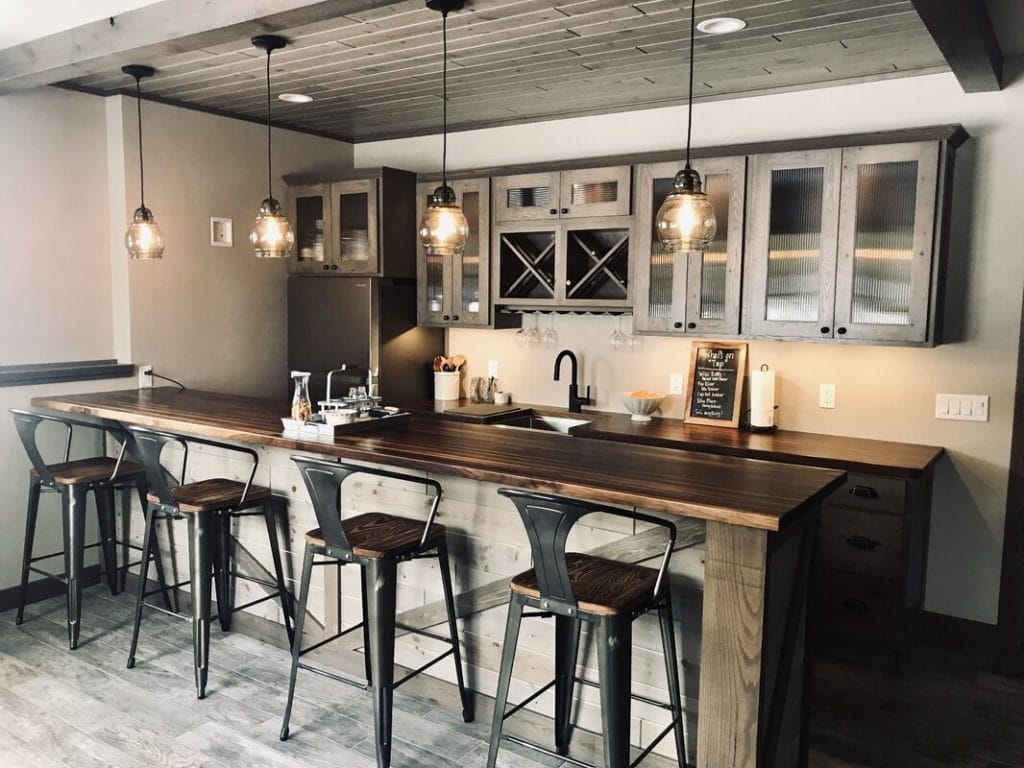Following the upsurge in the need to engage an interior designer for your renovation projects, having or knowing the cost implications attached to their services will better help you in budgeting for your project. When it comes to costing for interior design projects, there’s no one cookie cutter way of going about it, however with the passage of time, several methods have become more mainstream and these, now form the standard more widely accepted templates. Today we’ll delve into these methods, in order to better understand the different costing templates and help you determine the one that works best for you.
Method #1 Flat Rate Costing
With Flat Rate Costing, the interior designer charges you a fixed rate based on the work they are doing. Once you agree on the scope and timelines, a fixed rate is arrived at and you’re both good to go. This method allows for easy budgeting and is the most ideal when a space or project is relatively small in size, with minimal details in the scope. It however still has its disadvantages; for starters, there may be a delay or two caused by unavoidable circumstances like production lead time and shipping delays, or the detailing involved for the space may balloon. When this happens, the flat rate costing, when compared to the amount of time the interior designer is engaged in the project, may feel like peanuts. In essence, in using this method, it’s very easy for the interior designer to undercharge and in the process, undervalue their work.
Method #2 Periodic Costing
When it comes to Periodic Costing, the interior designer bills you based on the amount of time they are engaged in the project. Depending on the agreed terms, this can be hourly, daily, weekly or even monthly. The major advantage of this method is that you get value for money as you pay based on your “consumption” (you only pay for what you use), while the interior designer gets compensated for the time, effort and period (duration) put into your project. It’s a win-win situation for both parties, that is, until unexpected delays set it and you end up surpassing your preset budget.
Method #3 Percentage Costing
As for Percentage Costing, the interior designer charges you a percentage of the total project cost. Everything from the fit-out materials, labour and miscellaneous costs, to the furniture, fittings, fixtures and equipment costs, are tabulated and the final figure arrived at. This total amount or final figure is then used to calculate the interior design fees. Working with a percentage that ranges between 6% and 15% depending on the experience and expertise of the interior designer as well as the complexity of the project scope, the interior design fees are arrived at. Kindly note though, that when it comes to percentage costing, changes to the project scope resulting in major variations or settling on pricier or cheaper fittings etc. could easily result in a review of the design fees charged.
Method #4 Coverage Costing
With Coverage Costing, the interior designer looks at the size of the space that is being worked on and charges you based on the area either per square metre or per square foot. Using this method, it is very clear what the total design fees will amount to and any changes to the project size automatically result in a change to the design fees. Do however note, that when it comes to this method, the complexity of the project scope plays a part in determining the base rate. A bathroom or kitchenette may be small in size but the amount of detailing and material runs involved be relatively more extensive than a dhobi or mudroom for instance. In this case, the base rate per square metre or square foot for the bathroom or kitchenette will definitely be higher than that of the latter spaces.
Method #5 Hybrid Costing
Last but definitely not least comes the Hybrid Costing method. In this case, the interior designer settles on either one of the aforementioned methods as the primary costing template and incorporates elements of the other methods to ensure that all factors pertaining to the project scope are addressed. For example, starting off with the Flat Rate Costing method capped to a certain scope or timeline and thereafter proceeding with the Periodic Costing method until completion of the project. This way, both parties’ interests are taken into consideration and cost overruns mitigated.
Bearing all this in mind, next time you engage the services of an interior designer, you will be in a better position to calculate the expected cost implications and better placed to budget for the renovation project. And as for the interior designers in the house, I hope this information helps you cost your next interior design project more efficiently only leaving room for a seamless design execution process.
Till next time…Baraka Tele


